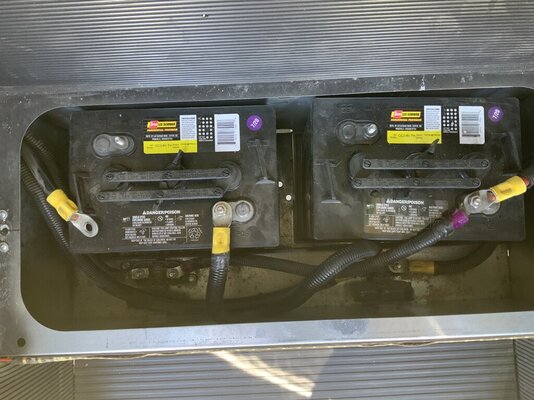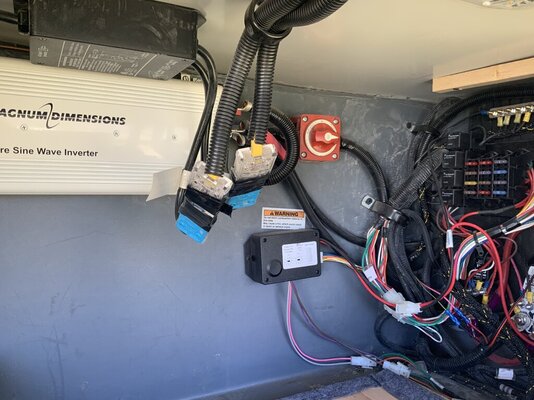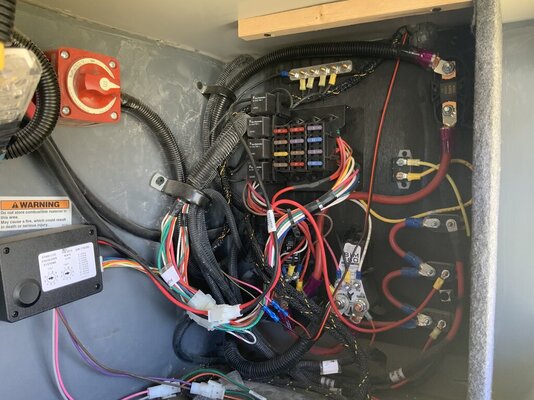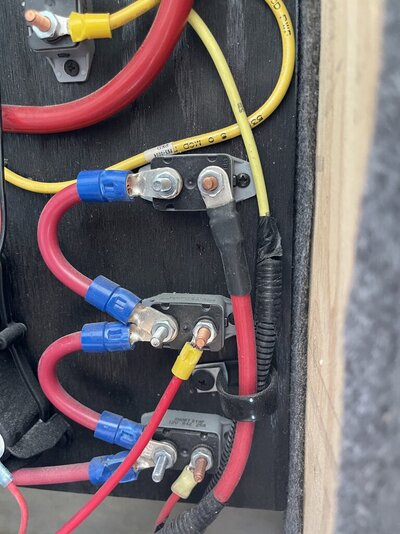Isaac-1
Well-known member
If you checked it while plugged into shore power with the power converter running the voltage you saw was the charging voltage, not the current battery state, which needs to be measured when the charger is not connected. In fact you need to wait 15-20 minutes after disconnecting from power to let the surface charge discipate in order to get an accurate battery reading.




